Here are ten interesting narratives about Woodland Animals with references to their place in our culture. Some are form ancient mythologies like the owls and their wisdom, and others like the ‘The Fox and the Crow’. which tell us to be cautious of flattery!
1. The Red Squirrel
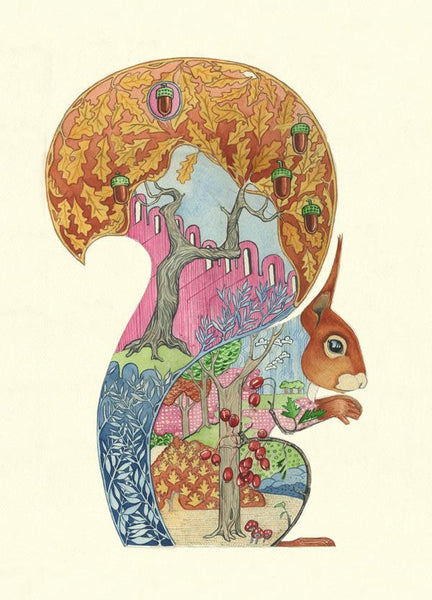
Early christian religion portrays the squirrel as stoical. An early manuscript features an image of a squirrel using its tail for shelter in a rainstorm. The inscription reads, “I shall endure and expect once again more favorable things however bad it is now, it won’t be bad forever”.
2. The Hedgehog
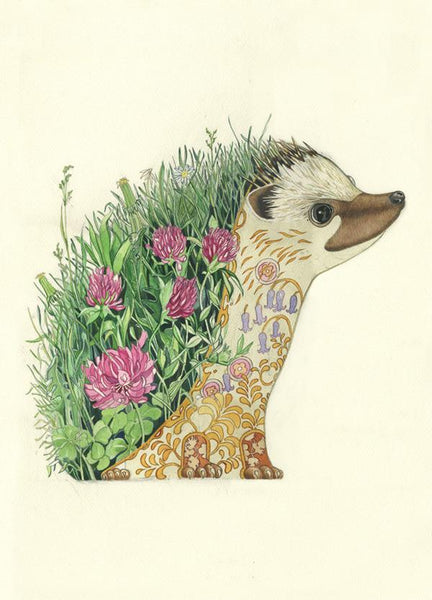
“The Hedgehog and the Fox” is an essay by philosopher Isaiah Berlin. It divides people into two groups, those who are “Hedgehogs”, people who view the world through the lens of a single defining idea. And, “Foxes” ,who draw on a wide variety of experiences and for whom the world cannot be boiled down to a single idea. Which one are you? Maybe Isaiah Berlin thinking was influences by the ancient Greek poet Archilochus, who stated, “the fox knows many things, but the hedgehog knows one big thing”. It is thought to mean that the fox, for all his cunning, is defeated by the hedgehog’s one prickly defence.
3. The Badger
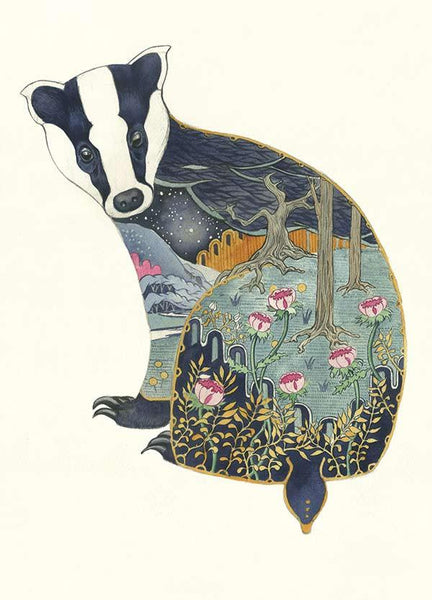
Over the centuries the badger has been known and blessed with many names: badger itself is a relatively recent term tracing back to 1523. Some say it comes from the french word becheur, which means a digger. Prior to this, and still in colloquial usage today, brock is the Old English name taken from the ancient Celtic.
4. The Fox
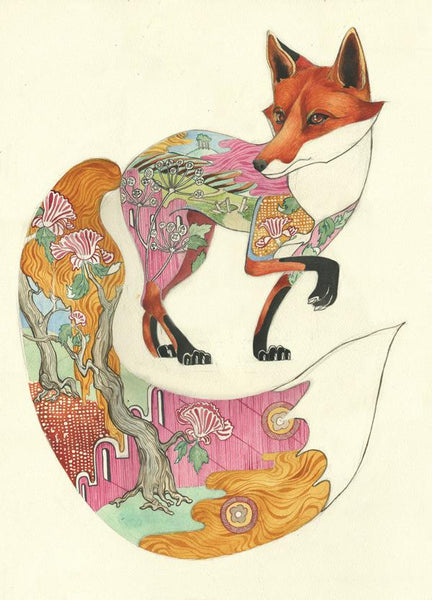
Aesop’s fable, ‘The Fox and the Crow’, illustrates how one ought to be wary of false flattery. A crow has a piece of cheese in her beak. “Good-day, Mistress Crow,” says the fox, “how well you are looking today, how glossy your feathers, how beautiful you are. I feel sure your voice must also be beautiful, let me here you sing.” The crow opens her beak to sing, drops the cheese and the fox eats it!
5. The Hare
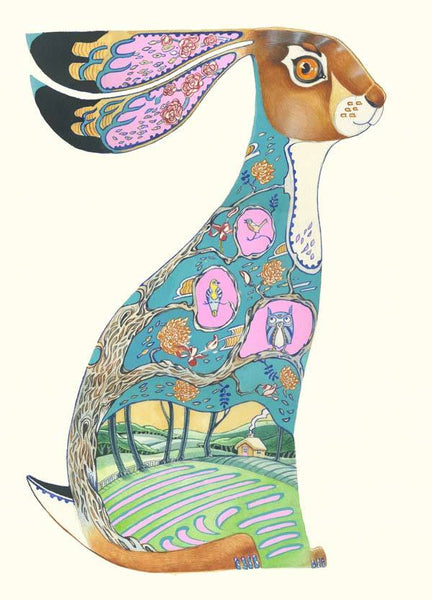
Why are hares associated with the moon? Hares are fundamentally nocturnal. Nighttime was once a very dangerous place and the moon was once believed to actually cause madness (hence luna / lunacy). Knowing that the hare regularly went about its business under a mania-inducing moon, it was assumed that this was the cause for their ‘madness’ during spring. The mad March hare was indeed seen as ‘moon-struck’.
6. Hart
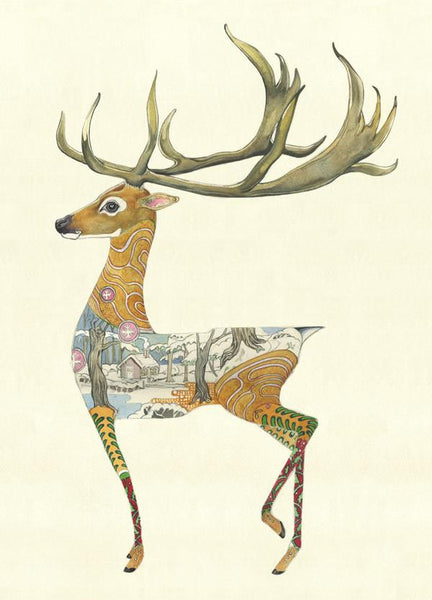
In the Scottish Highlands, deer were once known as fairy cattle and were believed to be milked by fairies. They were also credited with human emotion, being one of the few animals capable of shedding tears - however deer tears are actually just an oily secretion from the eye, rather than an emotive outpouring!
7. Owls
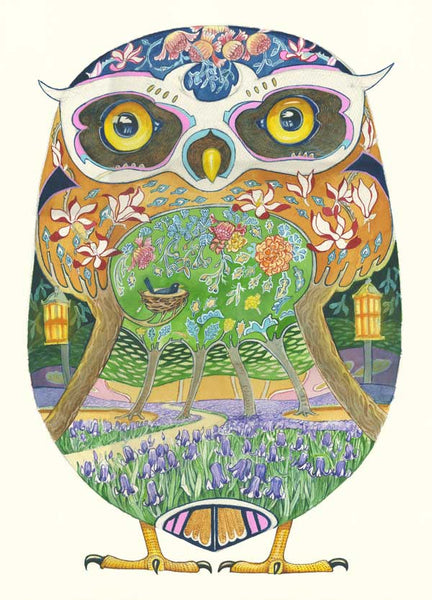
So when and how did the owl become wise? Athena. The Greek Goddess of Wisdom is responsible. The greek goddess took the little owl and used him for her symbol. Did she take the owl as her symbol because in ancient Greece it represented the wise? Or was it because Athena was the goddess of wisdom that the owl became wise by association?
8. Bear
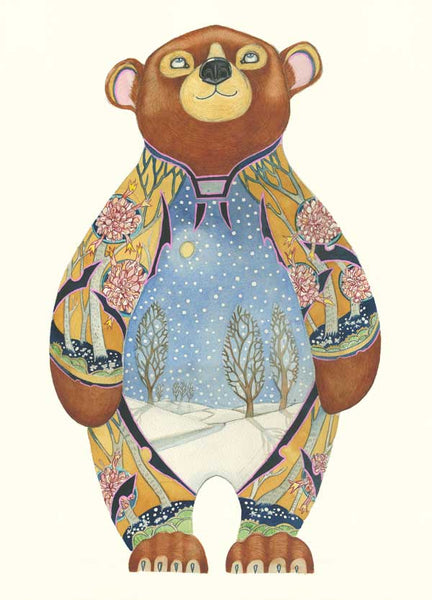
The constellations of Ursa Major and Ursa Minor, are named for their supposed resemblance to bears. (great and little bear)Ursa Major has been associated with a bear for as much as 13,000 years. In the the cosmic hunt mythology, a bear is transformed into the constellation of Ursa Major forming the four stars at the bottom of the plough asterism of Ursa Major.
9. Rabbits

Rabbits have long been considered symbols of fertility or rebirth, often associated with Spring, the season of new beginnings. They are also a notable motif within Easter celebrations – who doesn’t love an Easter Bunny? The species’ role as a prey animal also led to its association with innocence.
10. Robin

How did the robin acquire its red breast? In Christian tradition, it is thought that a robin tried to remove the crown of thorns from Jesus’ head during the Crucifixion; drops of Christ’s blood stained his breast forever. In another myth, the robin’s breast was scorched fetching water for souls in Purgatory.
